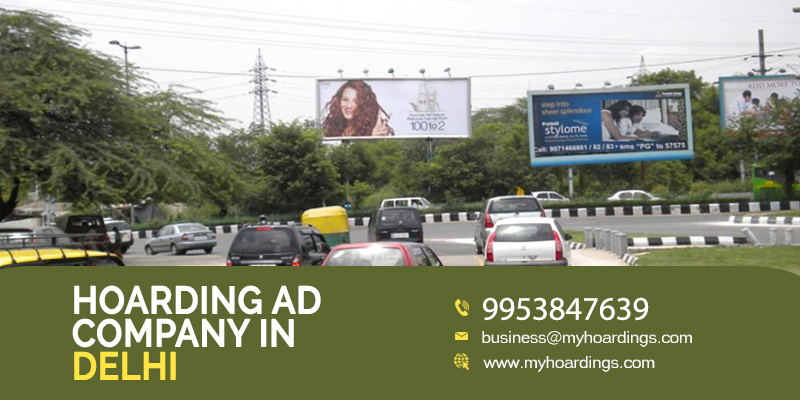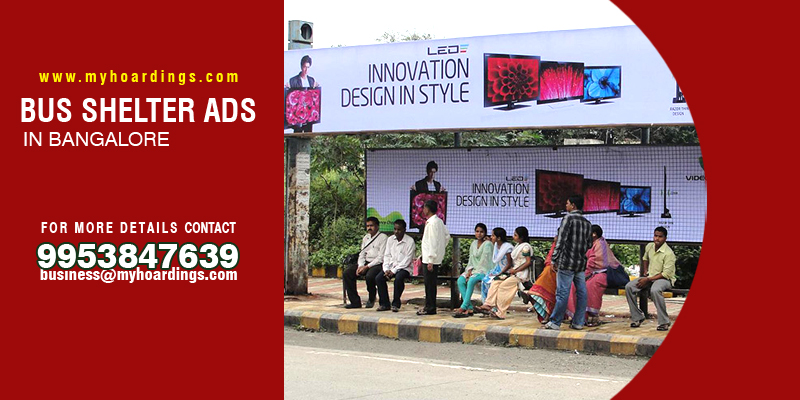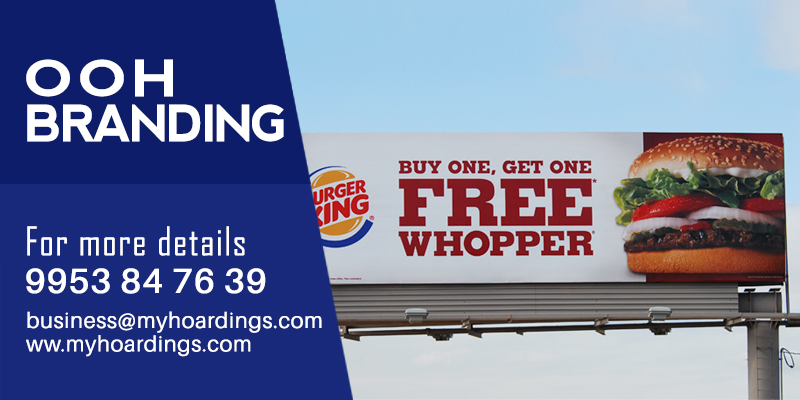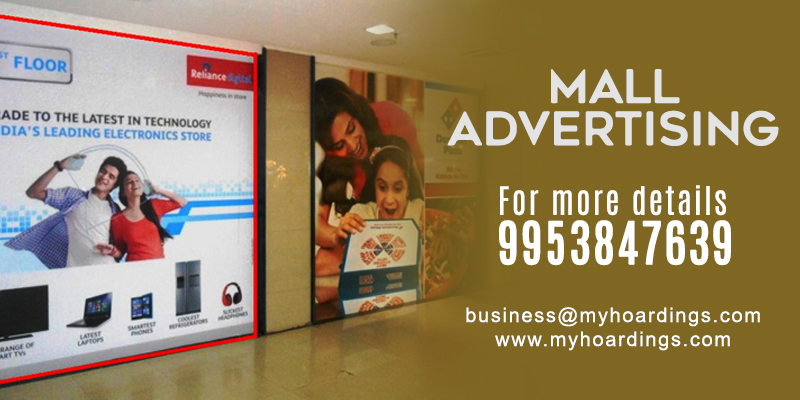The difference between Advertising and PR may be more subtle and less apparent, even to seasoned professionals, when we take a moment to appreciate how much the world of public relations and advertising have converged thanks to the Internet. Let me break down three key differences between PR and advertising in 2020.
The Media (plural of medium)
The media in which your business or organization is feature or presented in is different. With public relations, the resulting media you will be featured in is typically an article or editorial on a media outlet website or blog, an article in a newspaper, a story segment in a podcast or television/network news. With advertising, the media can range from Google search results, display ads, native advertising, bus bench ads, YouTube ads, billboards or traditional commercial spots on radio, television or podcasts.
Earned versus Paid Media
With traditional public relations, the media placements are earned in the sense you have to persuade a journalistic professional (eg. editor, journalist, etc.) that your story is newsworthy and write or talk about you or your organization. However, with modern RSS feeds and digital press release distribution platforms such as PR Distribution™, your story can be broadcasted to hundreds of media outlet websites and seen by thousands of people without going through any of these gatekeepers. Advertising is similar in that sense, especially with today’s modern advertising platforms. You could advertise directly through platforms such as Google Ads, Bing Ads or Facebook Ads, all without any gatekeepers.
Measuring CPA
CPA or Cost Per Acquisition is a metric commonly used in digital advertising. It means how much it costs to acquire a single customer. With public relations, if your news story gets picked up by a very popular media outlet and that link from their website back to yours generates sales, you can take the total spent on PR and divide it by the number of sales to get your cost per acquisition. However, it is rarely this black and white with public relations. PR can generate buzz for your business, boost your Google SEO rankings, generate good will from customers and community, earn higher perceived authority from your customers, etc., and many qualities that help with driving an organization forward but isn’t necessarily the sole driver of sales. Advertising, on the other hand, is this way. In fact, each digital ad platform has a metric that gives you Cost Per Acquisition (Google Ads calls it Cost/Conv. Bing Ads calls it CPA) and if your CPA exceeds your net profit from each sale on aggregate, you would typically pause the campaign. CPA is precisely measured in (digital) advertising.
There are many more differences, both nuanced and not so nuanced, but these three should guide your understanding of the fundamental differences.

Outdoor Advertising Options in India |






